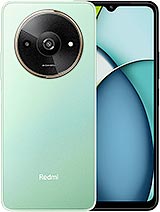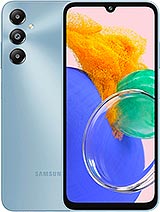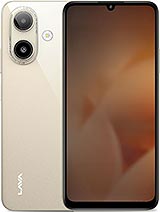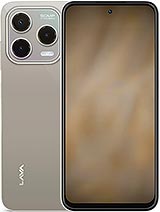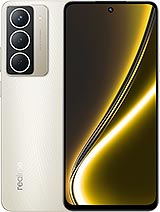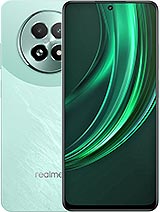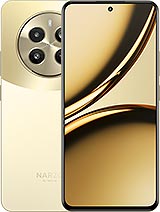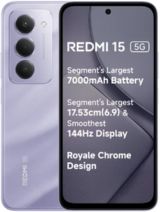iQOO Z10 Lite alternatives
Tap above to see alternatives.
Samsung Galaxy F34 alternatives
Tap above to see alternatives.
iQOO Z10 Lite

iQOO Z10 Lite
-
Dimensity 6300
6 nm
-
6000 mAh
15W
-
6.74"
720 x 1600 pixels
-
50 MP
1080p@30fps
-
Specs

Samsung Galaxy F34
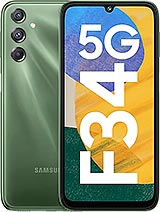
Samsung Galaxy F34
-
Exynos 1280
5 nm
-
6000 mAh
25W
-
6.5"
1080 x 2340 pixels
-
50 MP
4K@30fps
- Specs
2x2.4 GHz Cortex-A76
6x2.0 GHz Cortex-A55
2x2.4 GHz Cortex-A78
6x2.0 GHz Cortex-A55
6GB 128GB (UFS 2.2)
8GB 256GB (UFS 2.2)
8GB 128GB (UFS 2.2)
Sony, f/1.8, (wide), PDAF
2 MP
depth
f/1.8, (wide), PDAF, OIS
8 MP
f/2.2, 120˚ (ultrawide)
2 MP
f/2.4
1080p@30fps
f/2.2, (wide)
f/2.2, (wide)
SIM1: Nano, SIM2: Nano
SIM1: Nano, SIM2: Nano (Hybrid)
9 5G bands
n1, n3, n5, n8, n28, n38, n40, n77, n78
10 5G bands
n1, n3, n5, n7, n8, n28, n38, n40, n41, n78
In this performance comparison, the iQOO Z10 Lite with its Mediatek Dimensity 6300 (6nm) performs better than the Samsung Galaxy F34 with the Exynos 1280 (5nm), thanks to superior chipset efficiency.
Both phones launched with Android 15 and will get updates until Android 17. Both phones are expected to receive security updates until around 2028.
Samsung Galaxy F34 features a superior AMOLED display, while iQOO Z10 Lite comes with an LCD panel. In terms of smoothness, Samsung Galaxy F34 offers a higher 120 Hz refresh rate, ensuring fluid scrolling and animations. Both devices deliver the same brightness level at 1000 nits. Notably, Samsung Galaxy F34 offers a higher screen resolution, resulting in sharper visuals and more detailed content.
Both phones are equipped with the same 6000 mAh battery capacity. Samsung Galaxy F34 also supports faster wired charging at 25W, compared to 15W on iQOO Z10 Lite.
Samsung Galaxy F34 offers better protection against water and dust with an IP67 rating.
¹ Scores can vary even with the same chipset due to RAM, thermals, and software optimization.

